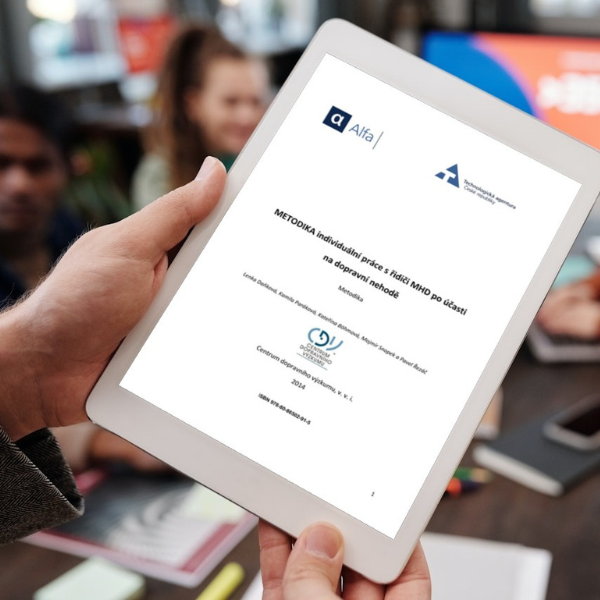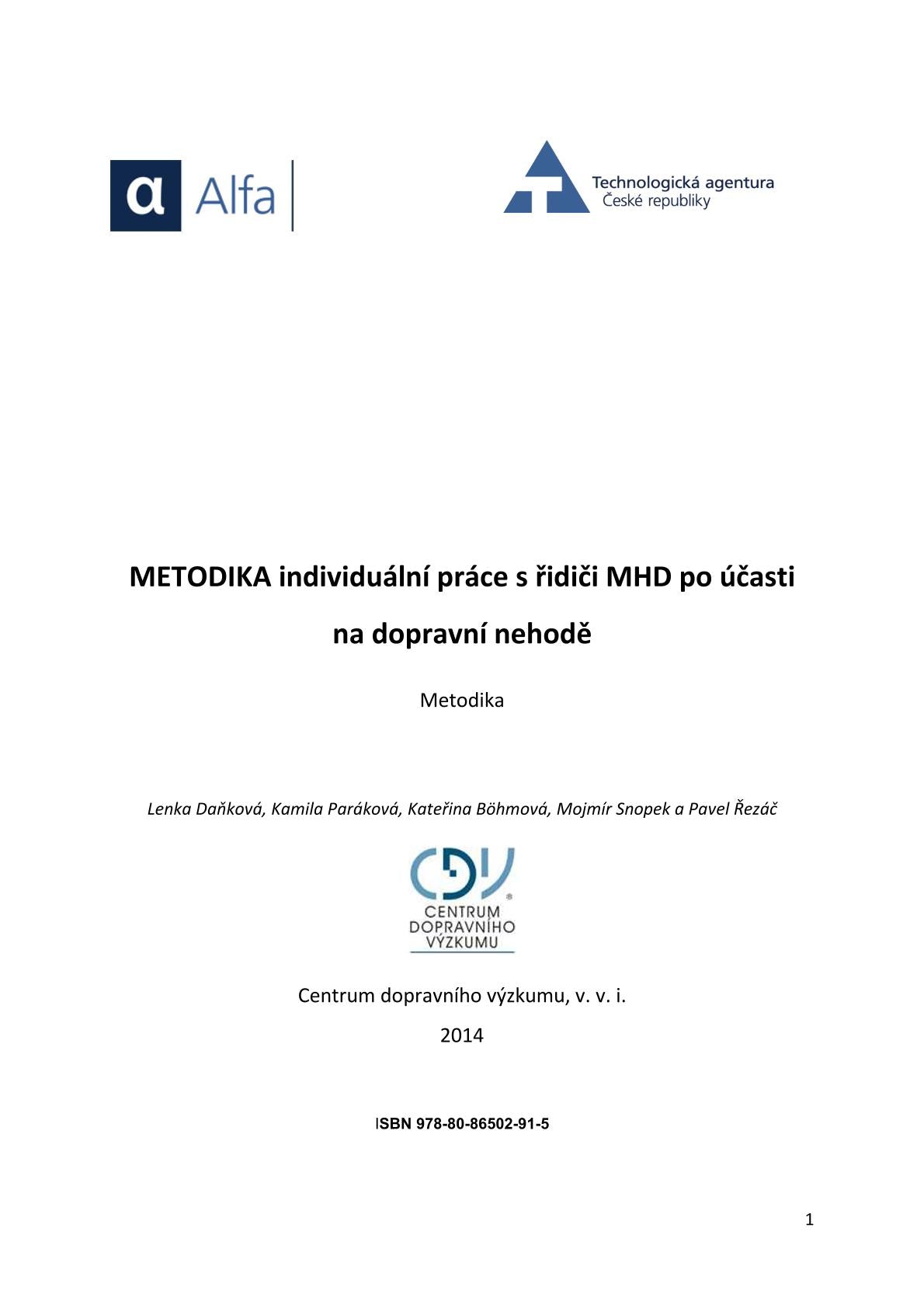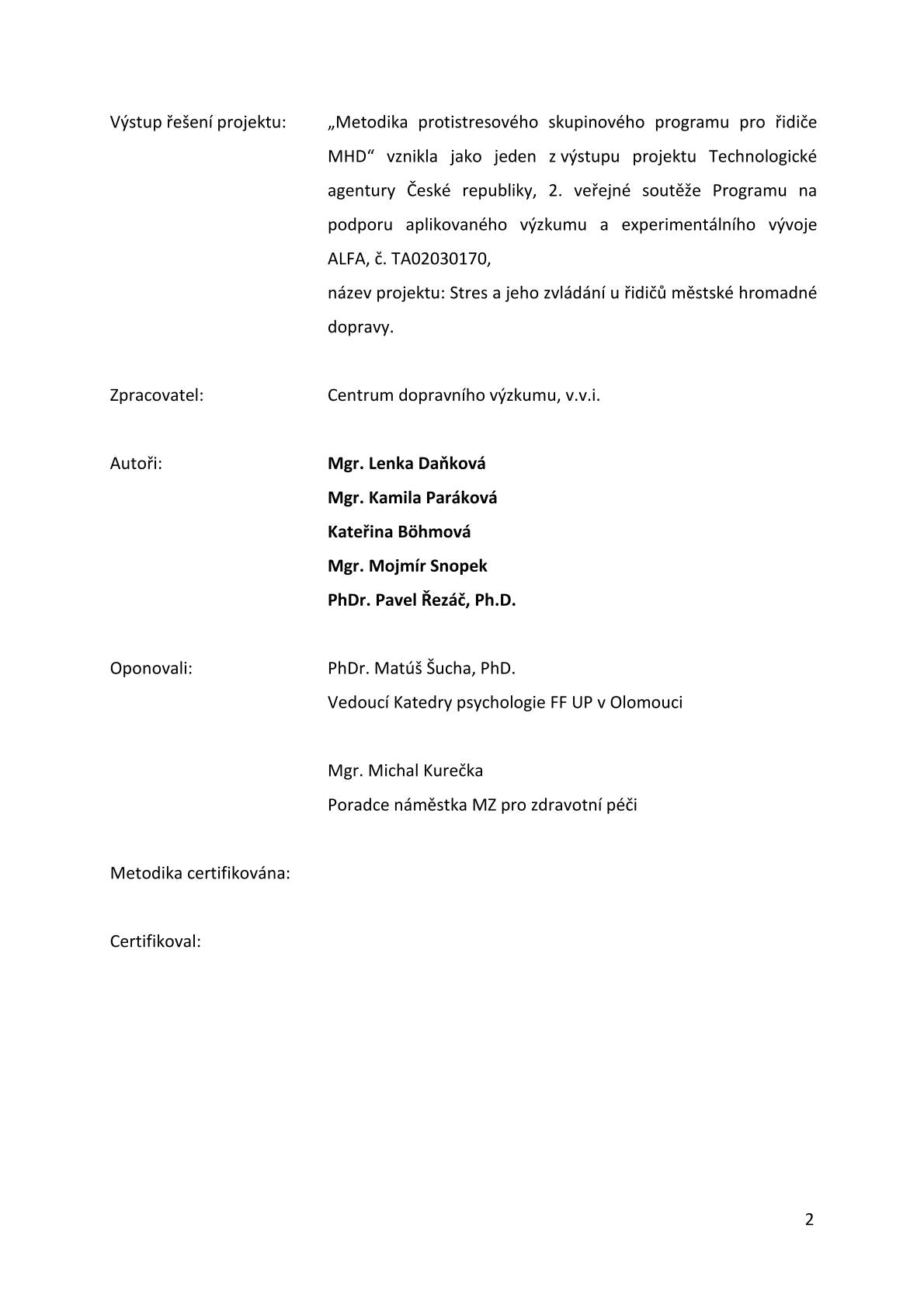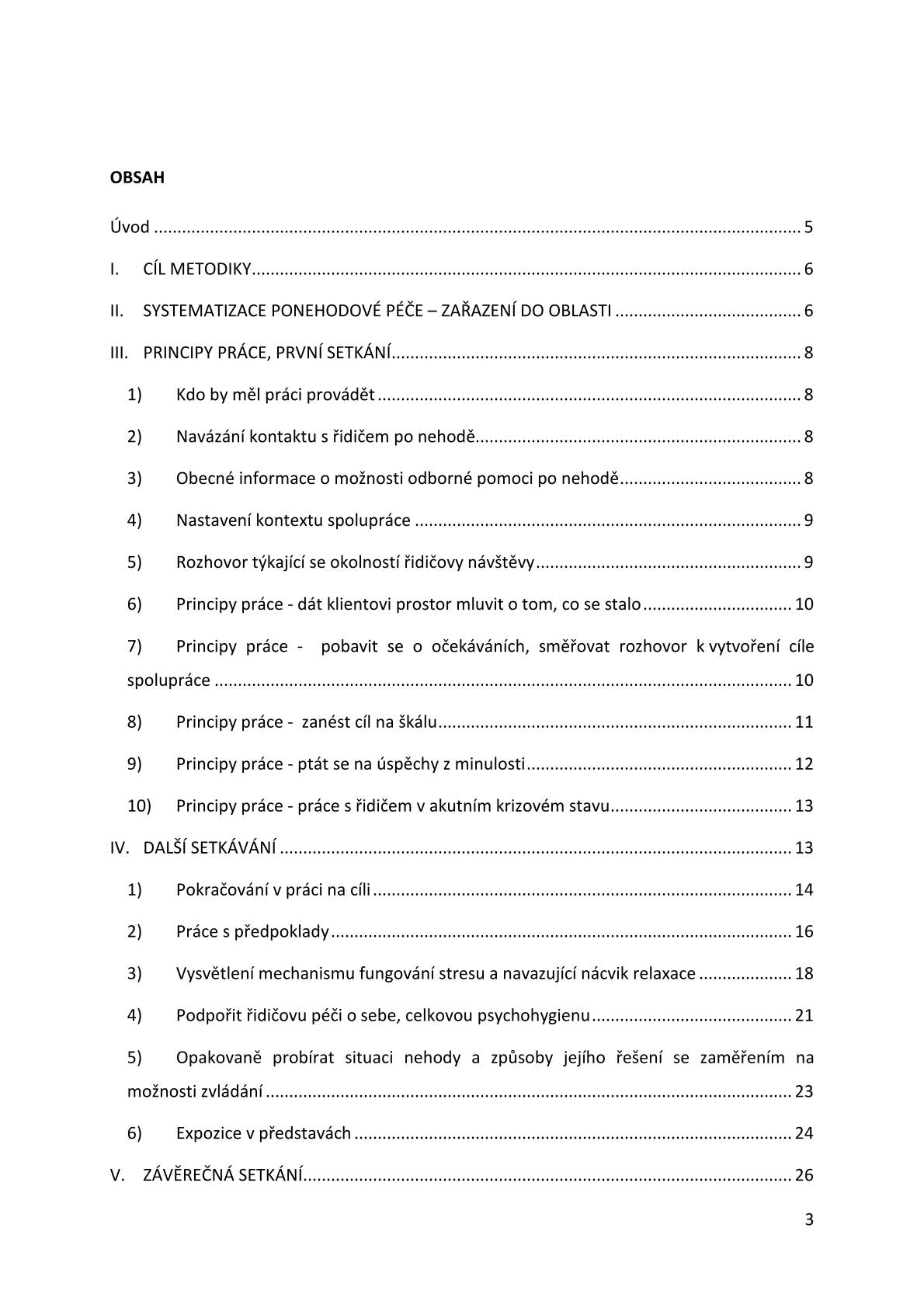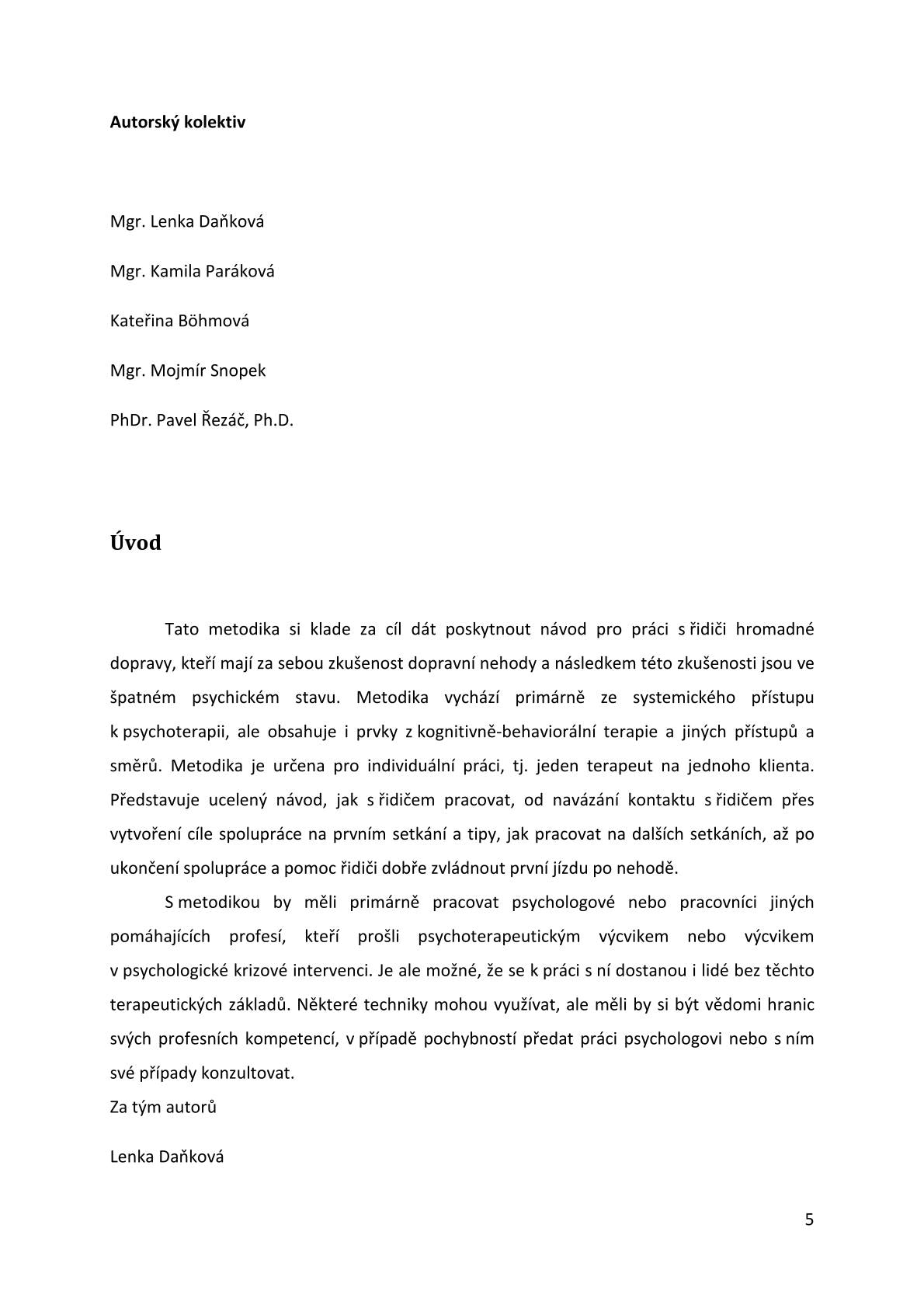E-book
Methodology of individual work with public transport drivers after participation in a traffic accident
Methodology of individual work with public transport drivers after participation in a traffic accident
Couldn't load pickup availability
This methodology aims to provide guidance for working with public transport drivers who have had the experience of a traffic accident and are in a bad psychological state as a result of this experience. The methodology is primarily based on a systemic approach to psychotherapy, but also contains elements from cognitive-behavioral therapy and other approaches and directions. The methodology is intended for individual work, i.e. one therapist per client.
It presents a comprehensive guide on how to work with the driver, from establishing contact with the driver to creating a goal of cooperation in the first meeting and tips on how to work in subsequent meetings, to ending cooperation and helping the driver to cope well with the first drive after an accident.
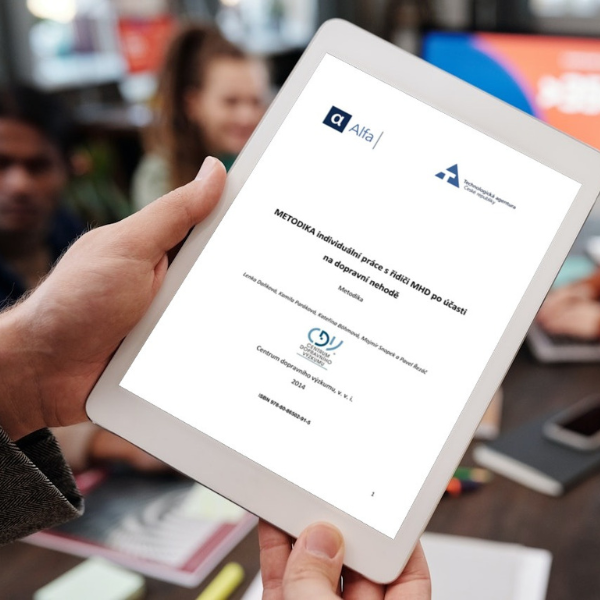
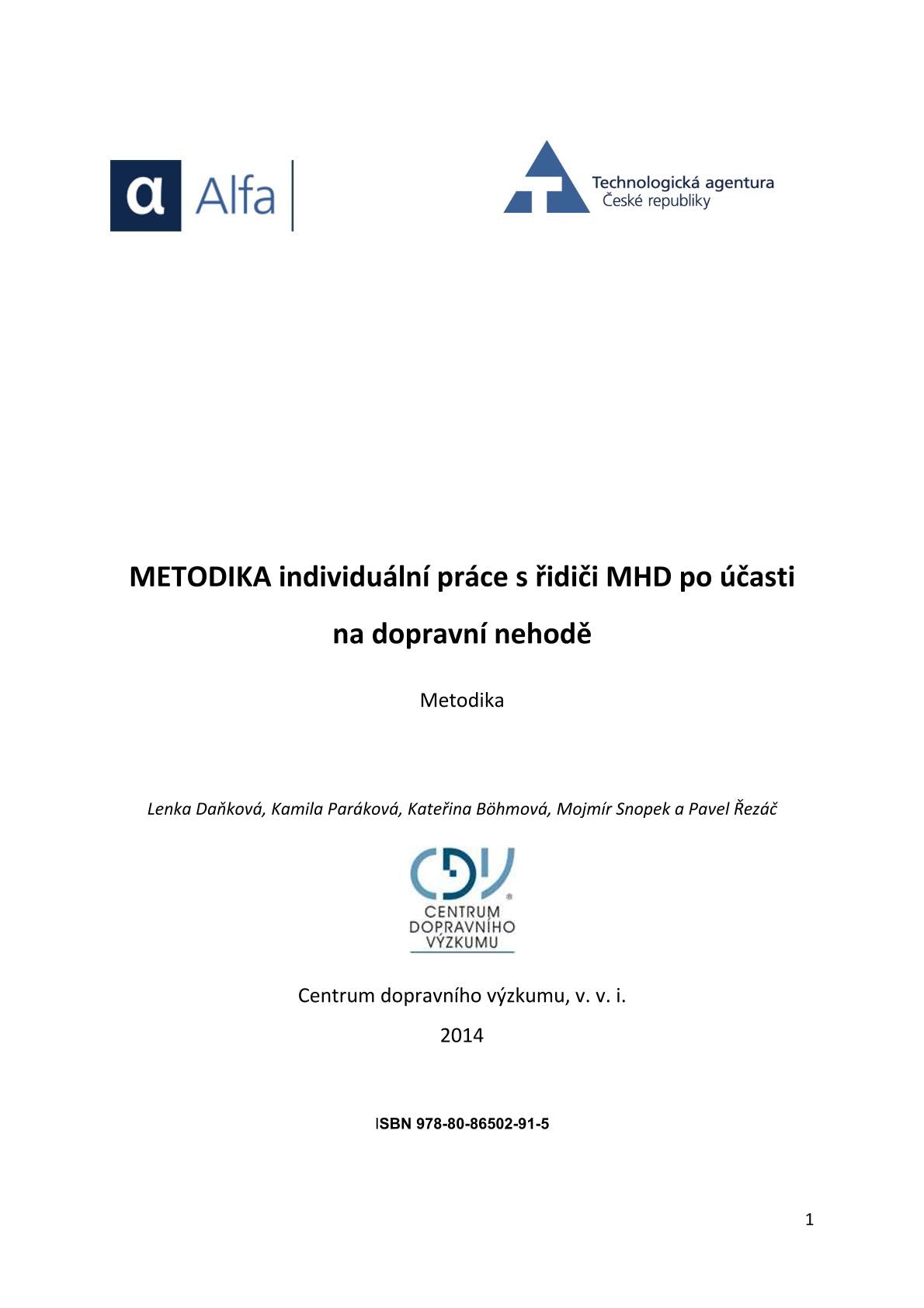
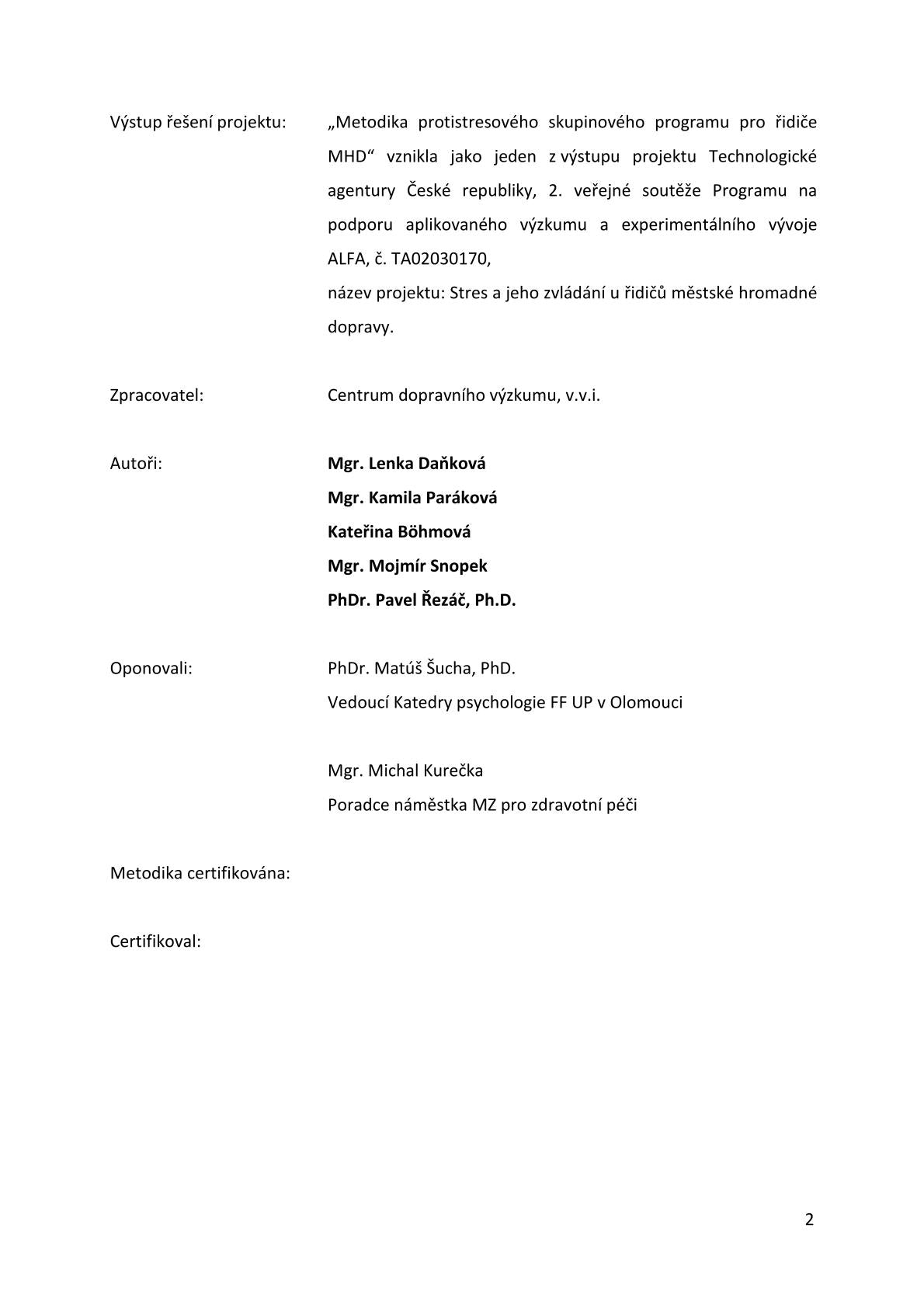
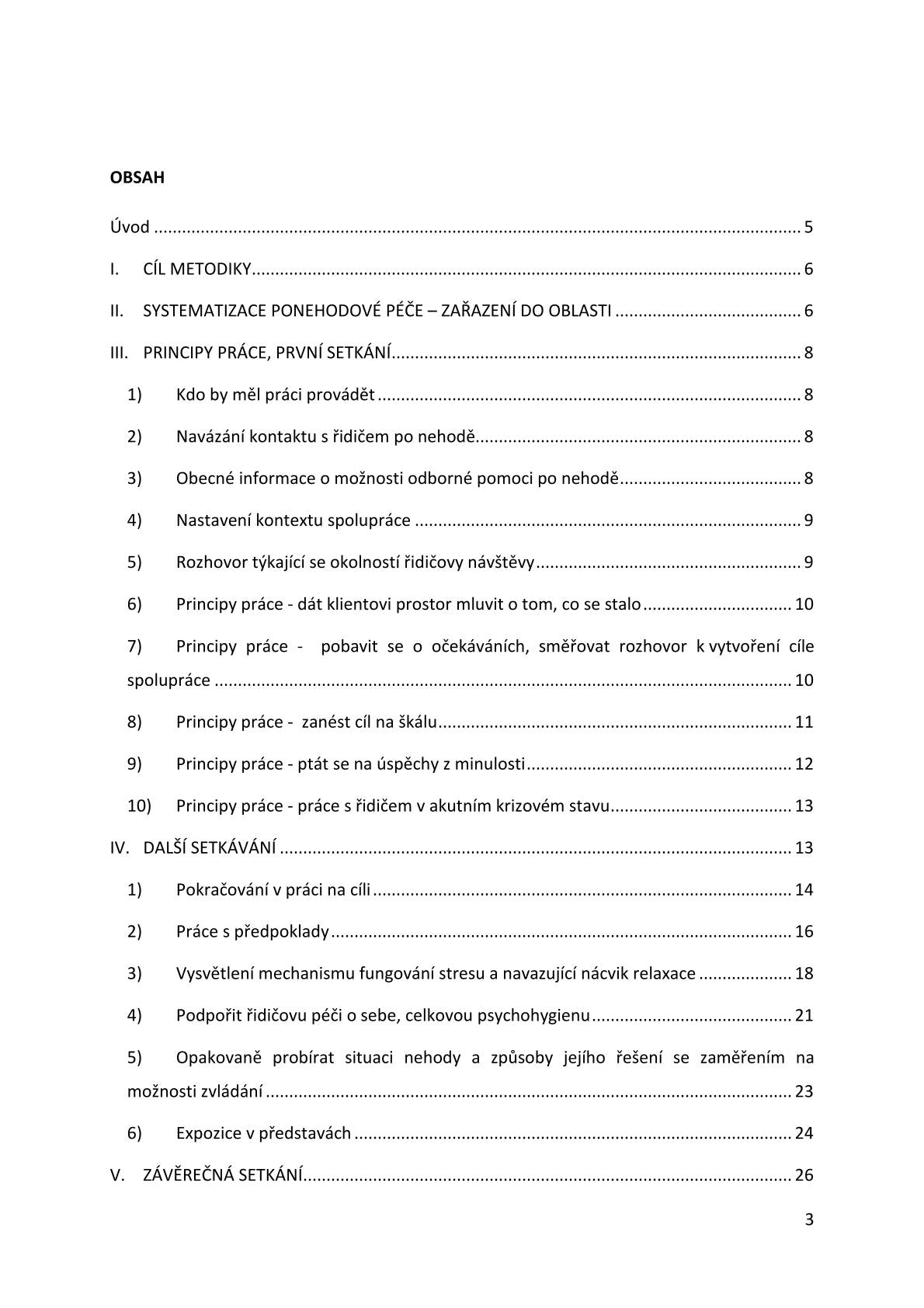

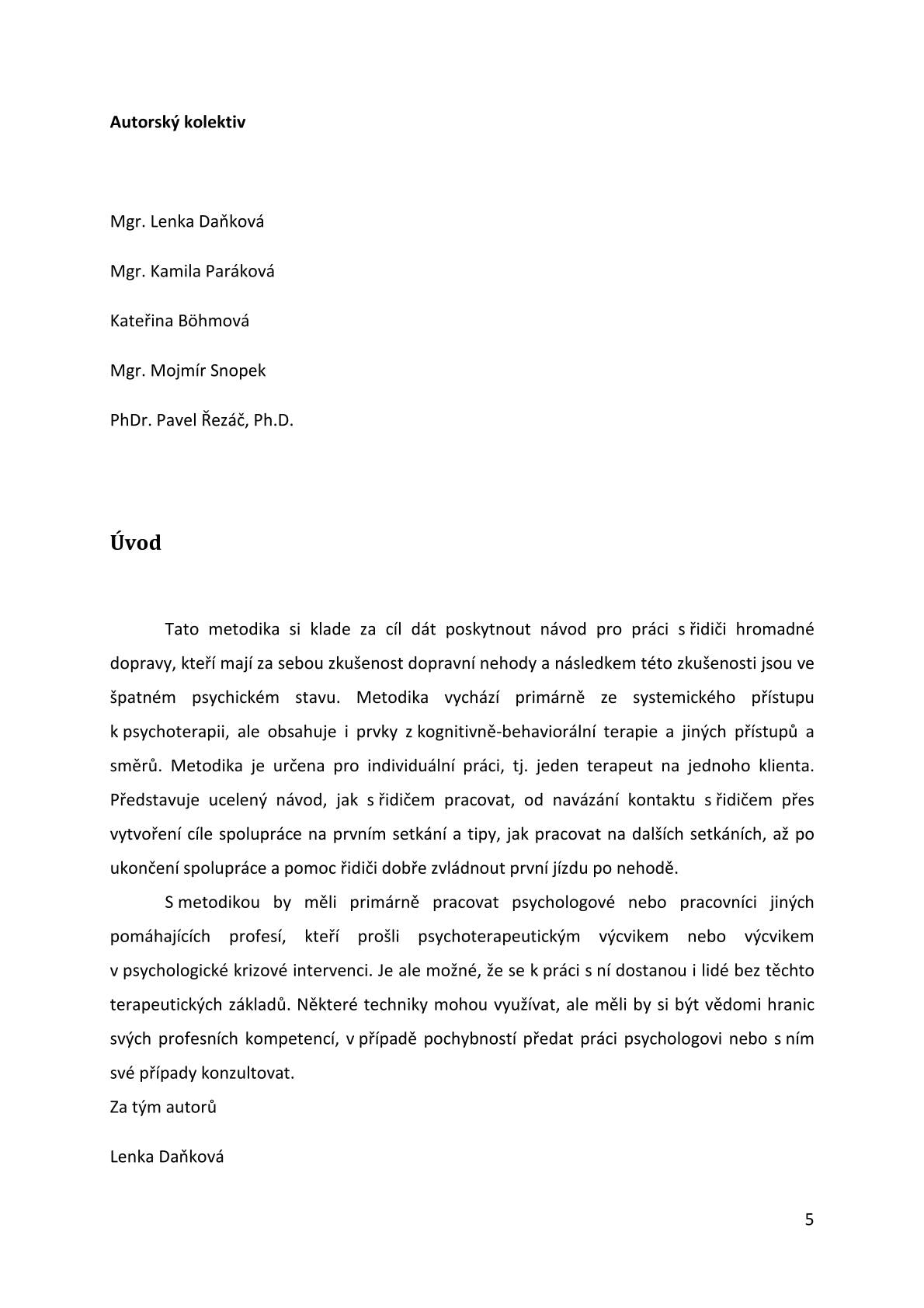
Detail
Author
- Danková L.
- Paraková K.
- Böhmová K.
- Snopek M.
- Cutter P.
Content
I. OBJECTIVE OF THE METHODOLOGY
II. SYSTEMATIZATION OF POST-ACCIDENT CARE - CLASSIFICATION IN THE AREA
III. PRINCIPLES OF WORK, FIRST MEETING
1) Who should do the work
2) Establishing contact with the driver after the accident
3) General information about the possibility of professional assistance after an accident
4) Setting the context of cooperation
5) Interview regarding the circumstances of the driver's visit
6) Principles of work - give the client space to talk about what happened
7) Principles of work - talk about expectations, direct the conversation to create a goal
cooperation
8) Principles of work - put the goal on the scale
9) Principles of work - ask about past achievements
10) Principles of work - work with a driver in an acute crisis situation
IV. ANOTHER MEETING
1) Continuing to work on the goal
2) Work with assumptions
3) Explanation of the mechanism of how stress works and follow-up relaxation training
4) To support the driver's self-care, overall psychohygiene
5) Repeatedly discuss the accident situation and ways of solving it, focusing on
coping options
6) Exposure in imagination
V. FINAL MEETINGS
VI. DRIVER RE-ENTERING TO TRAFFIC
VII. USE OF PEER MENTORS
VIII. JUSTIFICATION OF PROCEDURES
IX DESCRIPTION OF METHODOLOGY APPLICATION
X. ECONOMIC ASPECTS
Dedication
This methodology was created with the state support of the Technology Agency of the Czech Republic as part of the ALFA Program, as part of the project TA02030170 Stress and its management in urban public transport drivers.
www.tacr.cz
Colophon
Year of publication
2014
